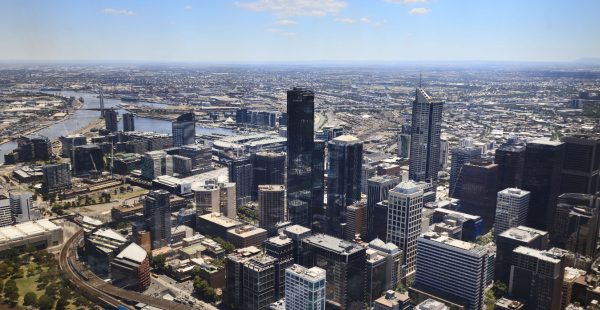Mortgage arrears hit three-year high

Australian mortgage arrears have hit their highest level since May 2020 when arrears spiked at the beginning of the Covid-19 pandemic, data from the latest Fitch Ratings report shows.
Thirty plus (30+) day mortgage arrears hit 1.21% in the fourth quarter of 2023 (4Q23), up 10 basis points on the previous quarter, according to Fitch’s Dinkum RMBS index report.
The latest quarterly rise maintains the steady increase in arrear rates since December 2022, when they hit their lowest point since 2002.
The latest index also shows that early-stage arrears have increased by six basis points to 0.45%, the highest 30- to 50-day arrears rate recorded in the Dinkum Index since February 2016.
Historically, Fitch noted, arrears tend to increase in the fourth quarter of each year. However, this latest increase is larger than in prior years.
“Therefore, the rise most likely indicates that persistent inflation and the 4.25 [percentage point] increase in official interest rates since May 2022 are having an impact on some borrowers.”
Meanwhile, mortgage arrears for Fitch’s non-conforming mortgage index increased in the 4Q23, with 30+ day arrears up by 24 basis points quarter-on-quarter and 90+ day arrears up by 28 basis points quarter on quarter.
Tough times may increase for mortgage holders, with the Reserve Bank of Australia’s (RBA’s) latest six-month evaluation of Australia’s financial system finding that one in 20 borrowers on variable interest rates were in negative cash flow, with their expenses now exceeding their income.
The RBA blamed the increased financial stress on surging interest rates and inflation-related price rises over recent years, leading to the estimated cashflow shortfall confronting everyday Australians.
However, the RBA found that most borrowers were “still able to service their debts and cover essential costs out of their income, despite their budgets being squeezed”.
Since the start of 2022, real disposable income (income after tax and interest payments and adjusted for inflation) has declined by around seven per cent to be near its pre-pandemic level in per capita terms.
The Fitch index also noted the record high in house prices, recording 1.3% quarter-on-quarter and 8.0% year-on-year home value increases.
Median house values in Australia sit at more than $1.09 million, with Sydney ($1.6 million), Melbourne ($1.1 million) and Canberra ($1.0 million)
“Fitch expects prices to rise by four to six per cent in 2024 because of limited supply, a tight rental market and high net migration.
“Losses from the sale of collateral property should also stay low, supported by strong home-price growth over previous years for most borrowers.”












Have a look at this guys background. Zero Financial Services experience but plenty of union and labor party experience. Wonder…
Be good to know which companies are doing these valuations and their connections to industry super as well as how…
In my opinion, those who are being asked to reveal their figures to regulators should not have any say in…
Reits need to disclose their unlisted assets how're super funds any different?
Drain the ASIC swamp. Will ASIC ever stop Killing Real Advisers as their easiest & favoured job.